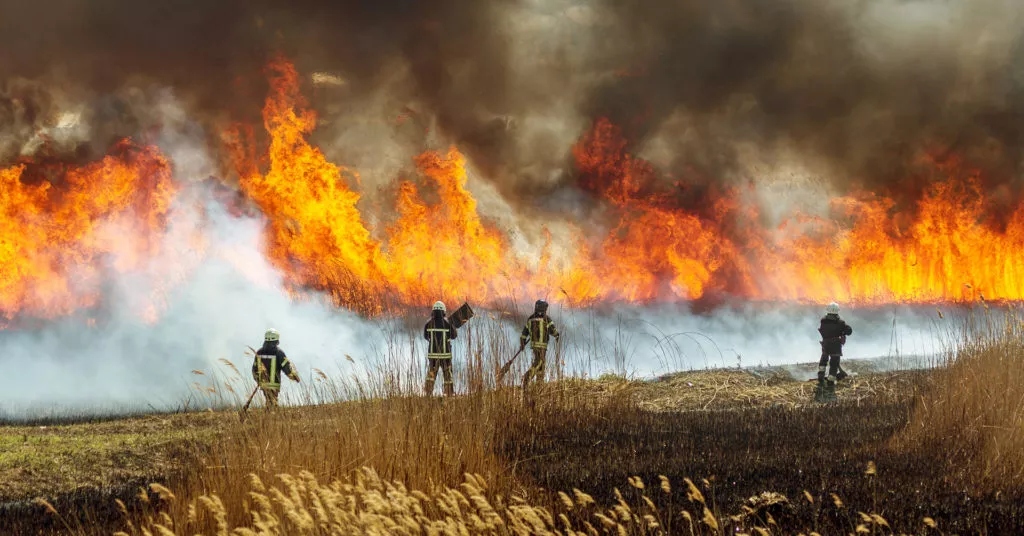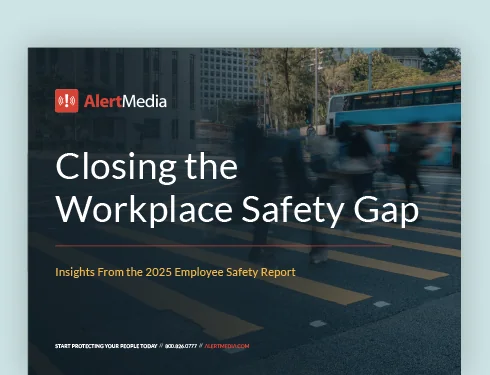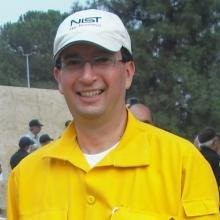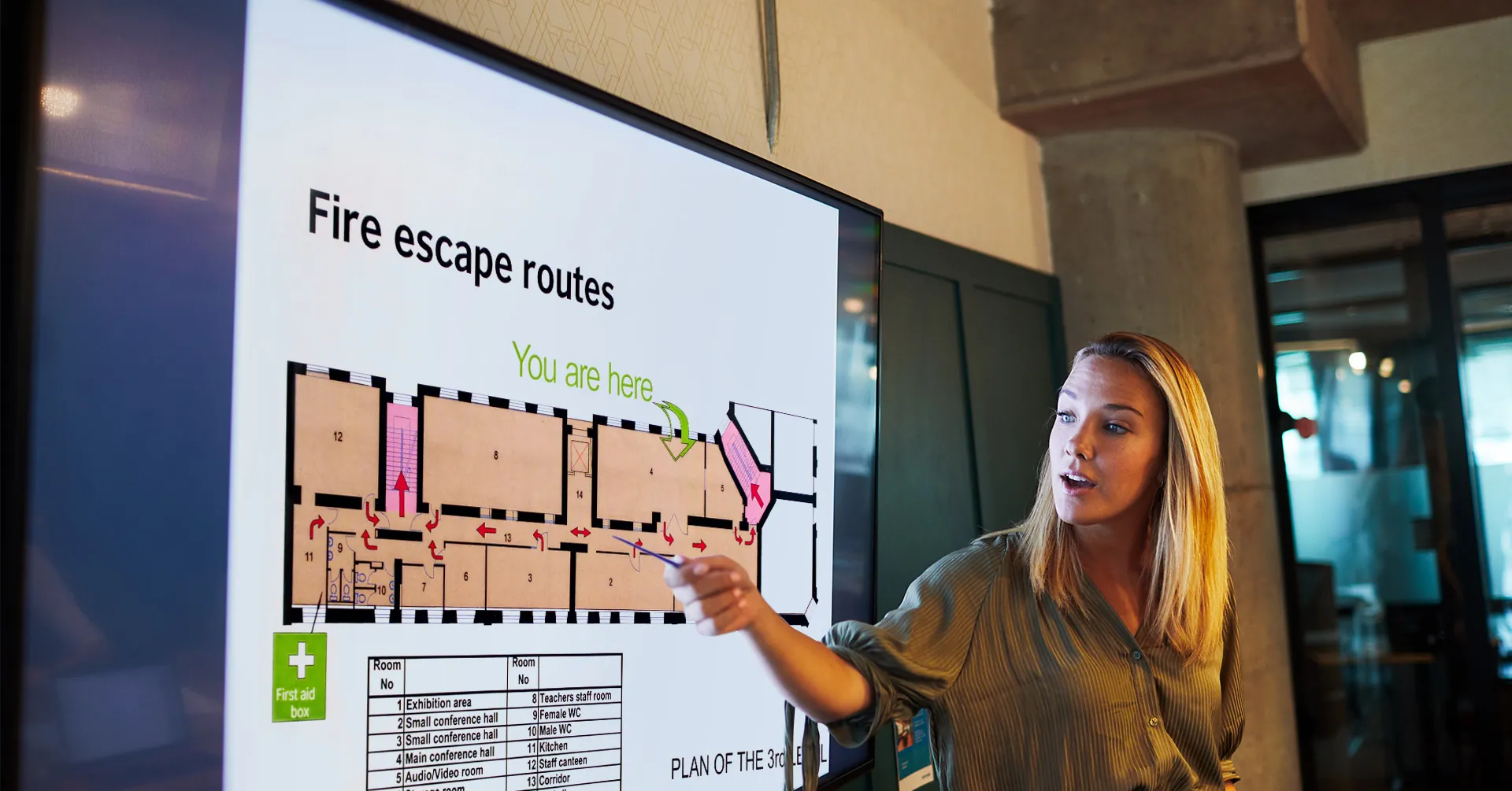
Lifesaving Lessons From a Wildfire Study: Q&A With Alexander Maranghides of NIST
How a study of California’s deadliest wildfire is guiding lifesaving research and emergency preparedness efforts.

In a recent episode of The Employee Safety Podcast, Alexander Maranghides, Fire Protection Engineer at the National Institute of Standards and Technology (NIST), discussed his recent study of the Camp Fire—California’s deadliest and most destructive wildfire that occurred in 2018.
About NIST
NIST is a non-regulatory research arm of the U. S. Department of Commerce, whose fire division is tasked with enhancing life safety and reducing the impact of wildland-urban interface (WUI) fires.
About our featured expert
Alexander Maranghides has over 25 years of experience in large-scale fire experiments and over 20 years of experience in post-fire reconstructions. He has worked on fire suppression systems for the U. S. Navy and NATO surface fleets while conducting hundreds of large-scale experiments. In the past twenty years, his research has focused on the national WUI fires. Mr. Maranghides has spent years in the field collecting, analyzing, and documenting WUI fires and has led all four NIST WUI Fire reconstructions. His findings have impacted national and regional standards and continue to guide lifesaving research and emergency preparedness efforts.
You can listen to the full episode below.
Q&A With Alexander Maranghides of NIST
Why did you and your team decide to study The Camp Fire?
Over the last 12 years at NIST, we have done three in-depth reconstructions of wildland-urban interface fires. The wildland-urban interface, or WUI, is a zone of transition between wilderness and a city or town. The Camp Fire was our fourth WUI reconstruction. It was an important fire for us to study for multiple reasons. First of all, the entire town of Paradise was impacted, so we had access to plenty of data that allowed us to rebuild the event. We analyzed data, including damaged structures, 911 radio logs, fire engine GPS, police dash cams, and so on. Access to this data, along with the magnitude of the fire’s impact, were keys to our decision to start a case study of the Camp Fire.
What made this fire so devastating?
There were five factors that drove fire to Paradise, and it was the confluence of those factors that resulted in devastation. First, large parts of the community had not burned for over 100 years, so there was extensive fuel build-up. Second, Paradise had over 200 days with almost no precipitation. Third, the topography of canyons accelerated wind and caused very rapid fire spread. The fourth factor was the distance of the fire away from the town. Most people think that if a fire starts far away, it’s not as problematic. However, if a fire starts far away, it has time to build momentum and spread on a wide fire front. In the case of Paradise, the entire eastern side of town got a direct hit. If a fire had started closer, it would have arrived in town sooner, but the impact on the town would have been significantly more focused. Finally, the topography surrounding Paradise has canyons that run north to south but not east to west. This dramatically impacted response and evacuation.
“Wildfires are not like hurricanes, where communities may have several days’ notice. These events can impact communities within hours, or as we saw in Paradise, within minutes. ”Alexander Maranghides Fire Protection Engineer, NIST
How long does a study like this take?
All of our studies are collaborations with partners at the federal, state level, and local levels. Typically, our studies take three to four years. The Camp Fire study will take a little over four years because the fire was so extensive, and there’s so much information for us to mine, document, and understand. This study could not have been possible without the collaboration from the Town of Paradise, Cal Fire, the U. S. Forest Service, and FEMA. It took our team six months on location just to collect the data. The reconstruction to date has taken over 10,000 hours with over 190 people involved in the effort.
What were the most important insights derived from your report?
Wildfires are not like hurricanes, where communities may have several days’ notice. These events can impact communities within hours, or as we saw in Paradise, within minutes. Planning is crucial. I cannot stress enough how important it is for communities and companies to be prepared and have a plan. There are tools out there from FEMA and Ready Set Go that can help residents and communities get ready for these types of WUI fires. It’s all about preparation because these events happen so quickly. If you have a large company with a big campus, for example, during an event where you may need to evacuate the entire campus, you have to consider that you’re not the only ones evacuating. Discussing preparations with local officials is key, whether it is law enforcement or your town council. All of that has to take place before to ensure your evacuation does not gridlock local arteries.
One highlight from this report that is both positive and alarming is that Paradise was well prepared. They trained their public works, they had programs aimed at protecting infrastructure, and they had an fire evacuation plan in place. Before the event, the streets were swept because they knew the wind event was coming, and they had backup communication systems so that even if they lost power, their public works could still communicate. The fact that this happened in a well-prepared community is one of the main messages of this report.
But if you look at those factors that we discussed earlier—the fuel built up, the lack of fire history, the drought, the wind, the ignition location—none of these factors are unique to Paradise. There are countless other communities with similar conditions, so the fact that this happened in a well-prepared community is one of the main messages of this report. We need to use the framework of this report to identify other areas with equal hazards and make sure that we are prepared.
How will your findings impact future emergency preparedness at all levels–federal, state, and local?
There are over 20 technical findings in the report and almost a dozen recommendations. One of our big findings relates to burnovers. A burnover is an event in which a fire moves through a location or overtakes personnel or equipment where there is no opportunity to escape or find safety. This can result in fatalities, injuries, and damage to equipment. The National Wildfire Coordinating Group (NWCG) developed a system for how these events should be reported. In the Camp Fire, two burnovers were reported using this formal approach. But because of our in-depth study, we identified 19 burnovers, many of which resulted in injuries and fatalities. This burnover finding is important for us to understand because we don’t want to be in a situation where communities lose their egress arteries because of fire. We need to articulate how many communities are in a similar situation to Paradise, locally and nationally. That will have a significant impact on where mitigation funds are allocated and what gets done to make sure we don’t have events that result in significant loss of life and property.
What can a company do today to help improve its emergency preparedness and safety culture?
Reach out to your local fire department and town officials and learn about the plans and tools they have in place that can help mitigate fire hazards. Cal Fire develops statewide fire hazard severity maps, so go online and find out if you are in a WUI fire-prone area and what hazards are associated with your location. Invest in a plan now because there is no time to do that after ignition. The more you invest, the more significant your returns will be, not only in terms of enhancing life safety but also business continuity.





